
Wir reisen, also sind wir
vakantio.de/wirreisenalsosindwir
Bolivia: Vallegrande & La Higuera
Հրատարակվել է: 29.11.2018
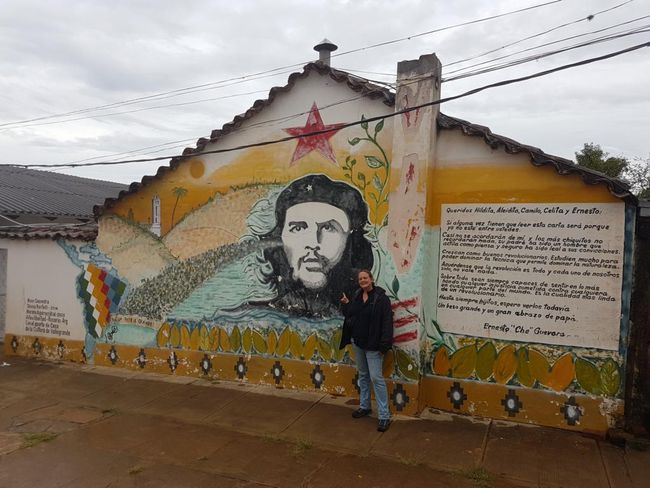
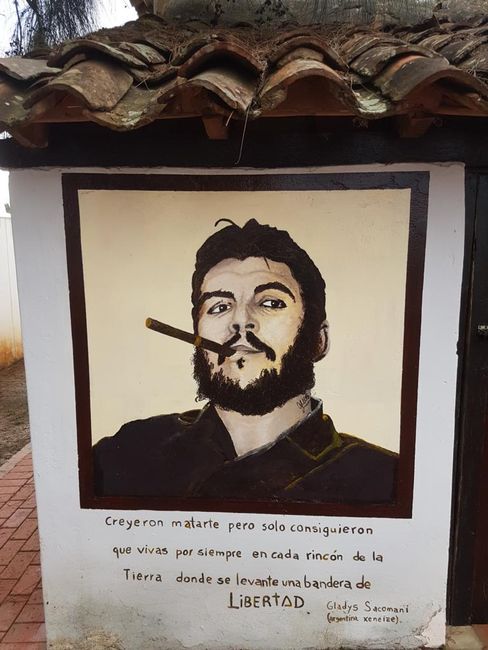
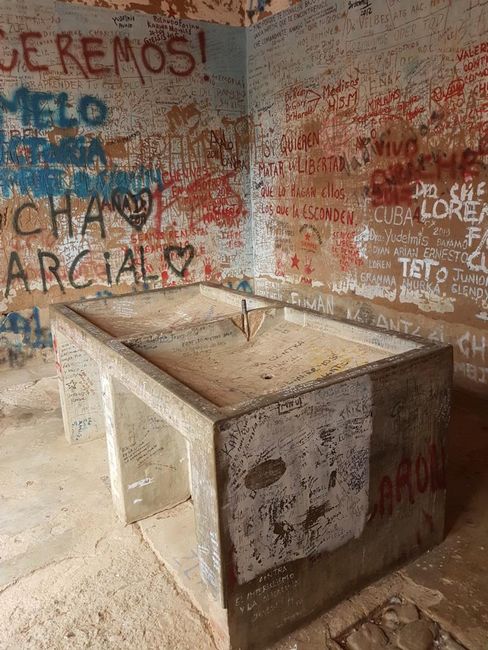
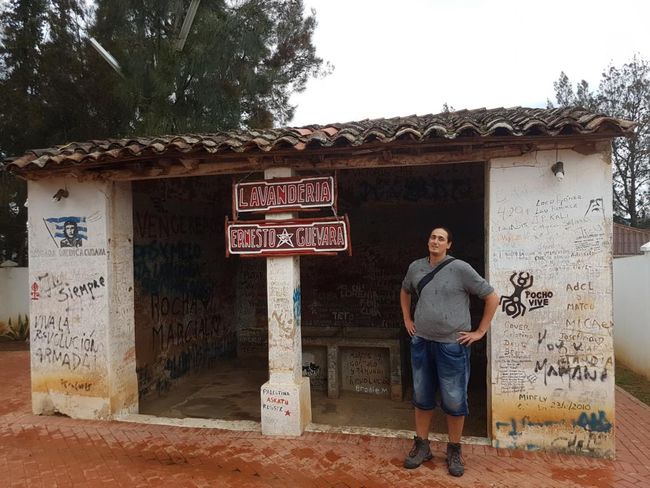
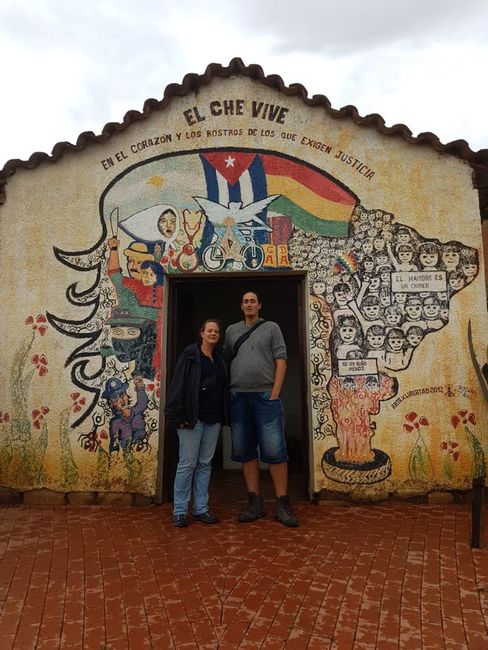
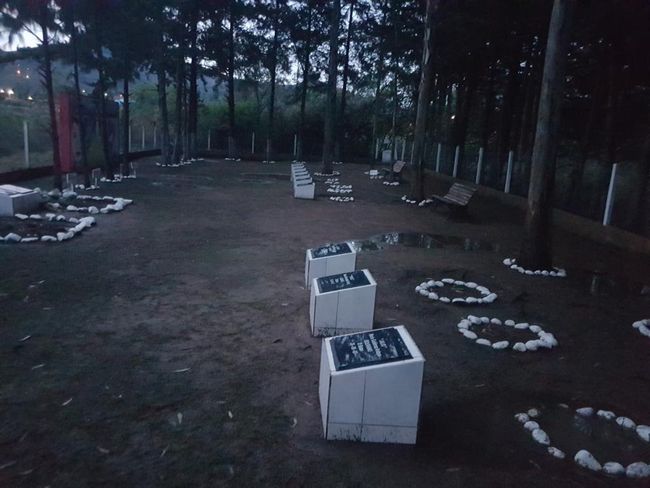
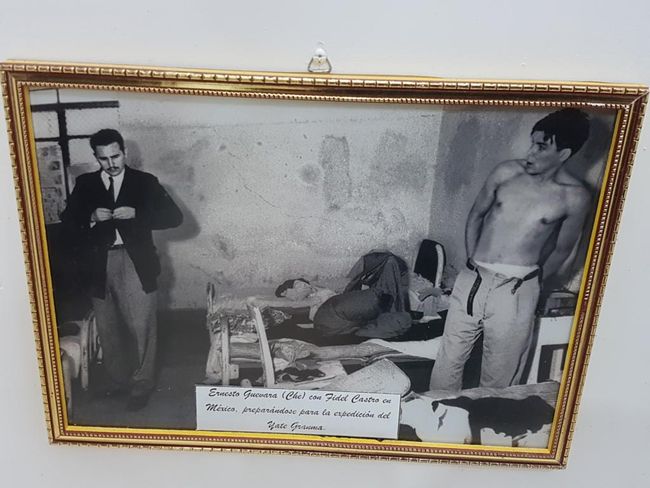
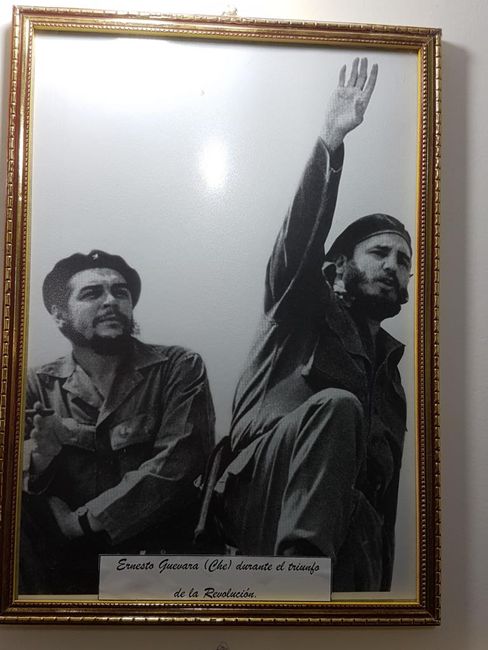
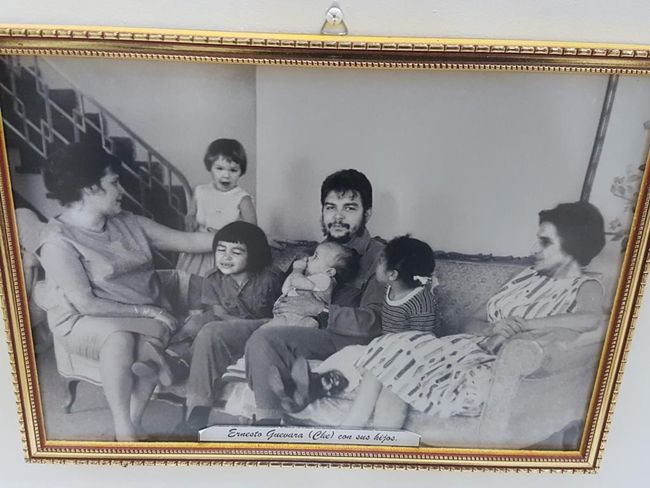
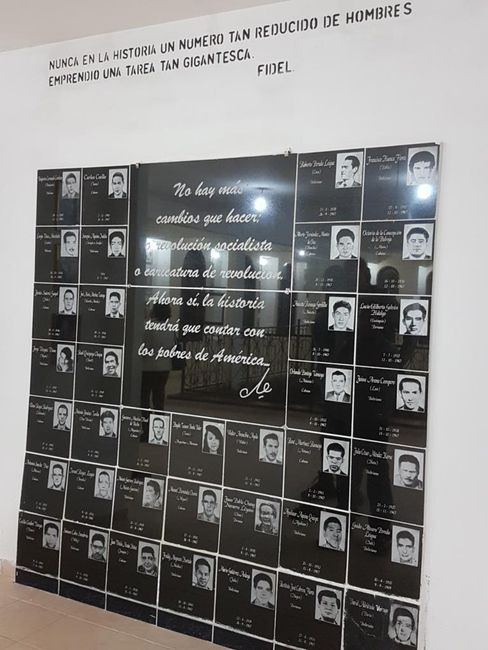
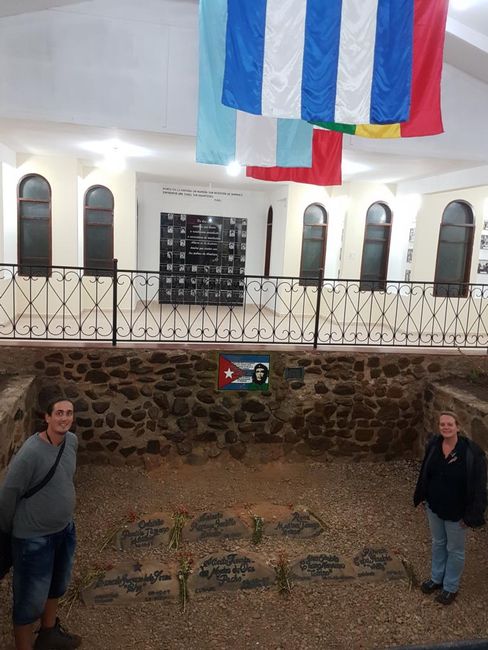
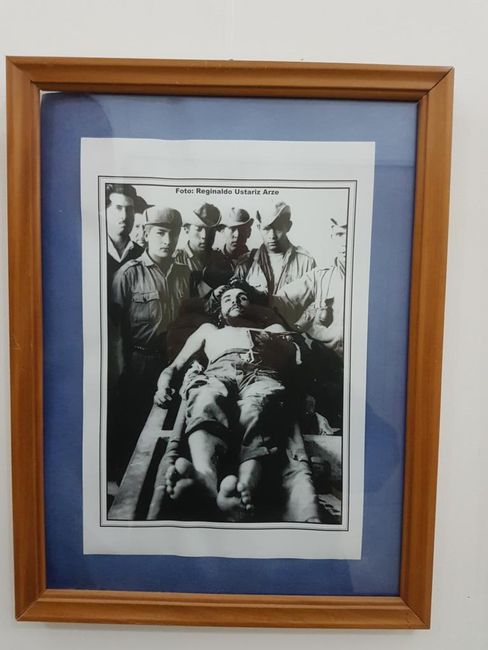
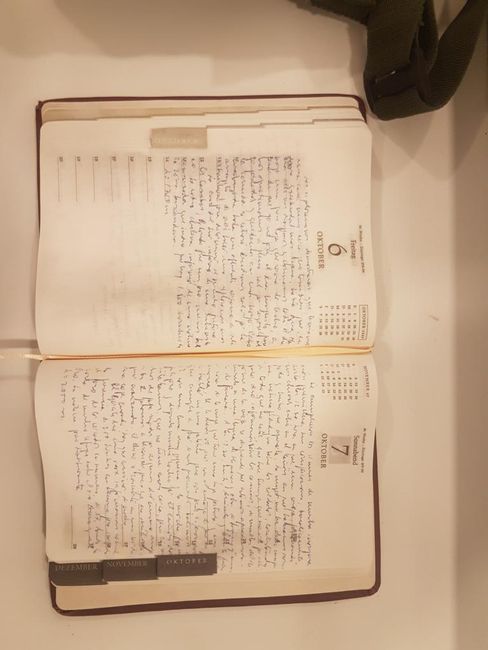
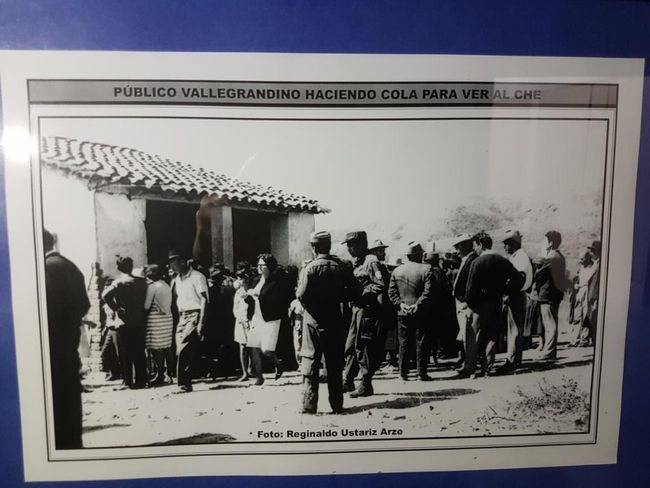
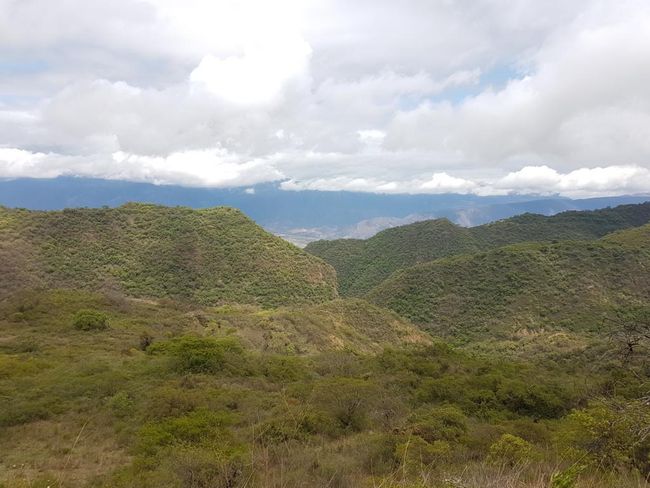
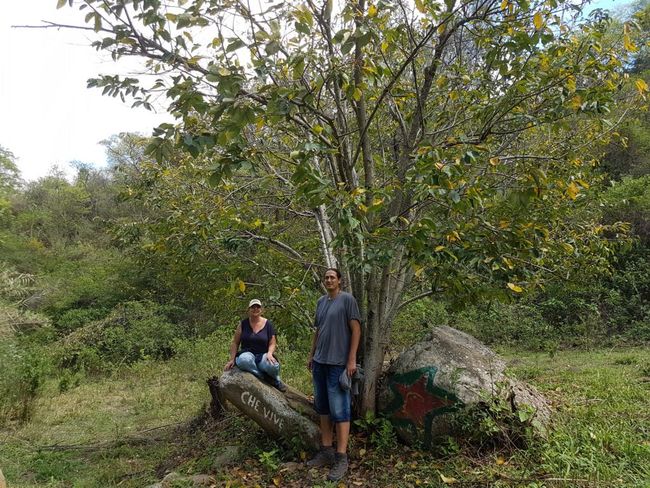
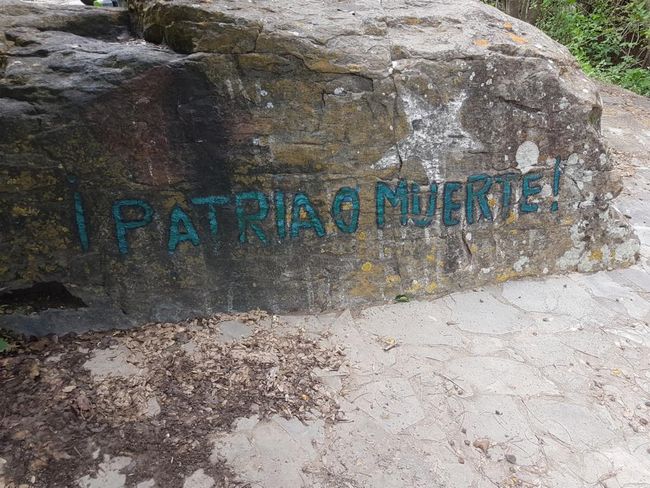
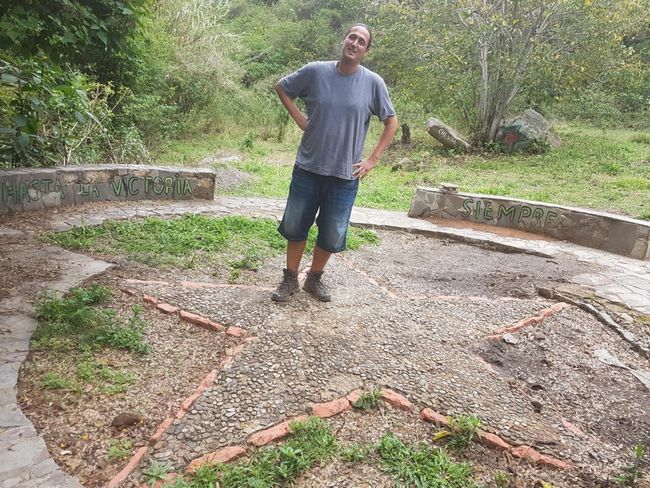
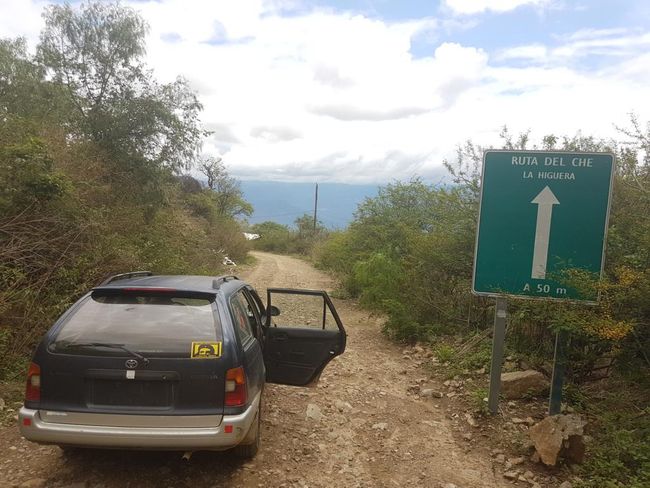

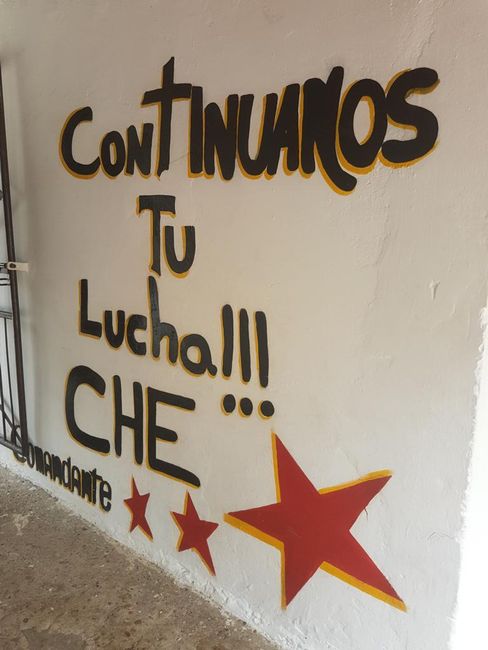
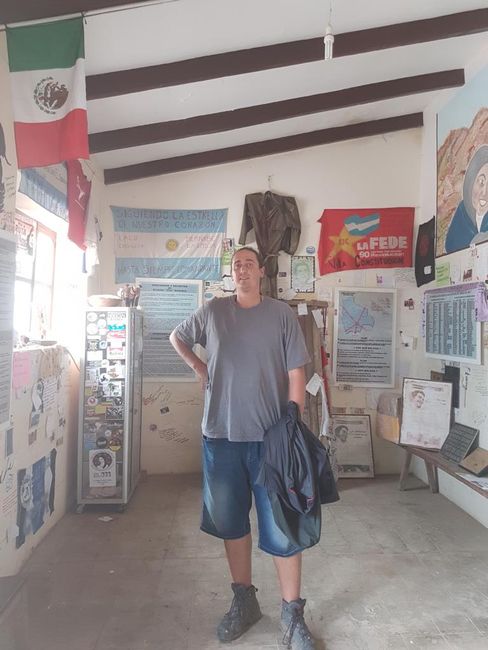
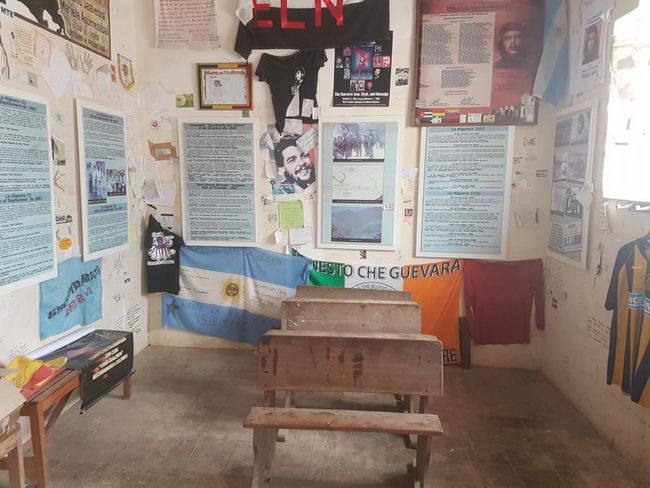
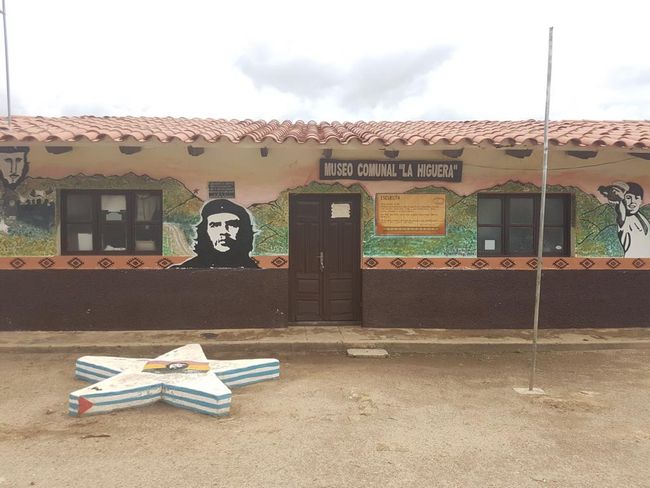
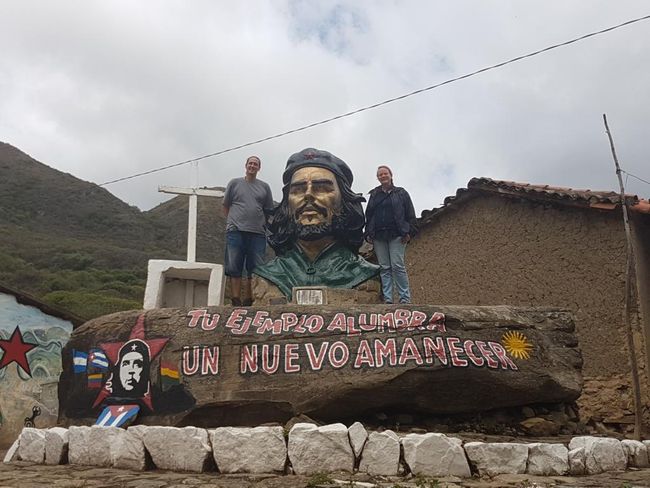
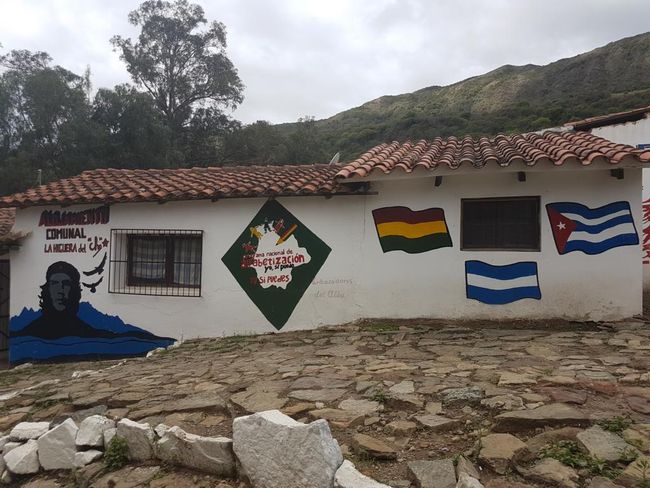
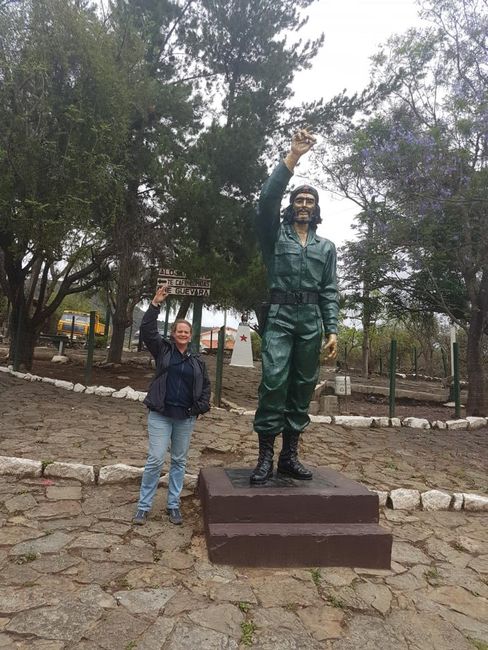
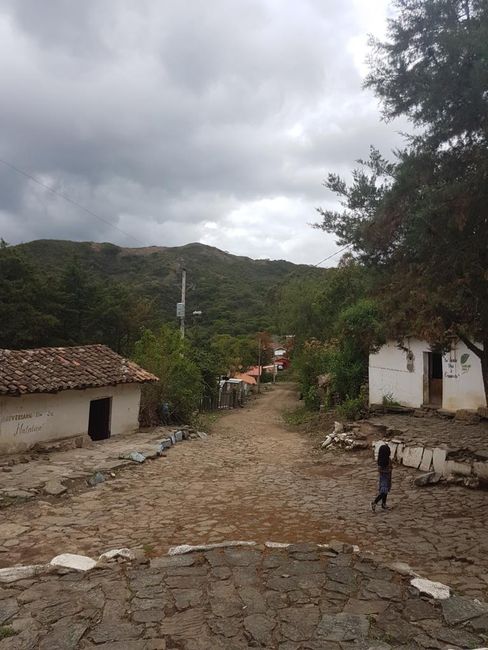
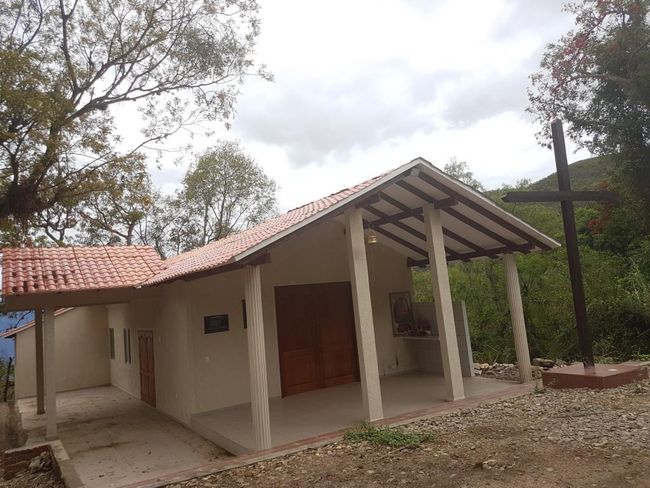
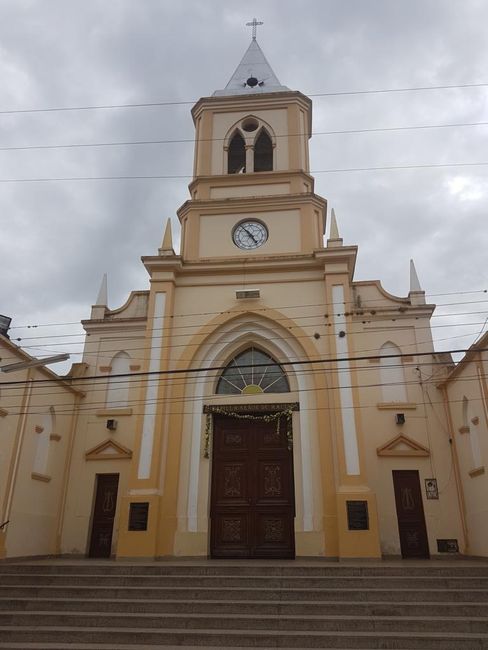
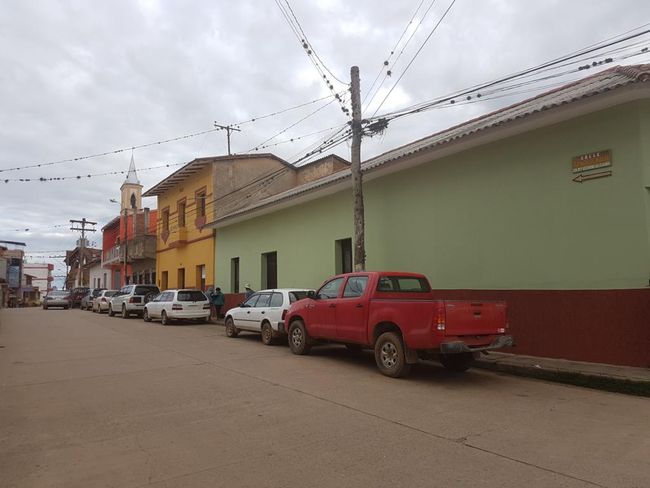
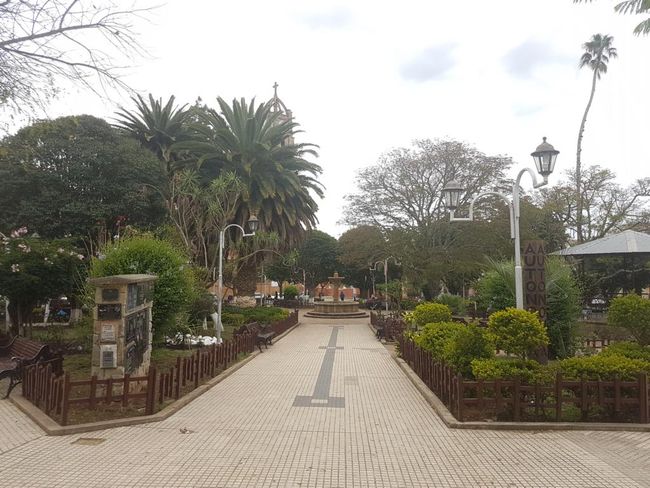
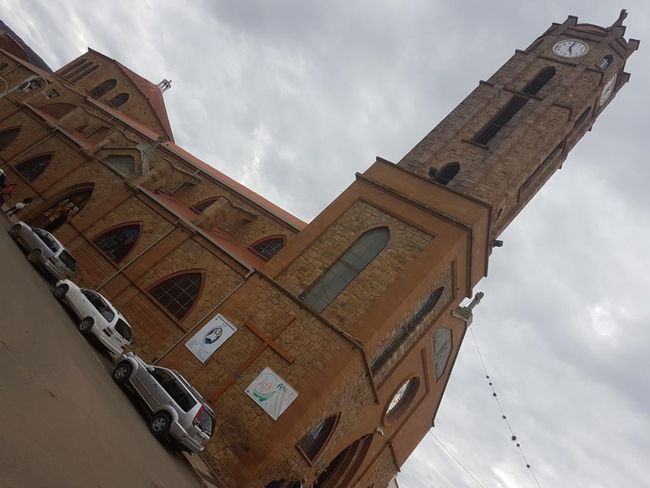
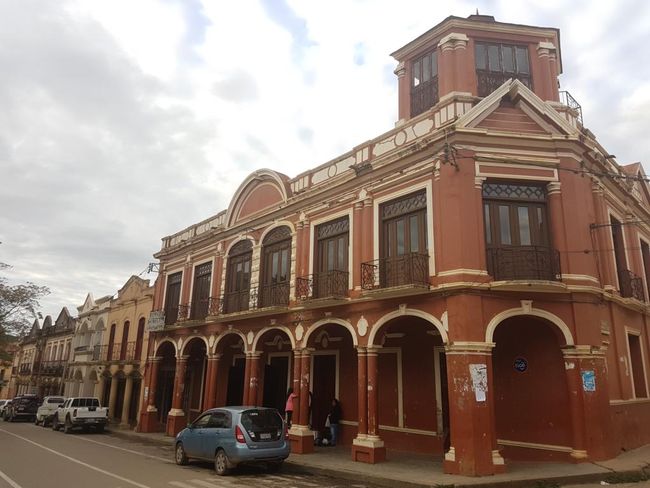
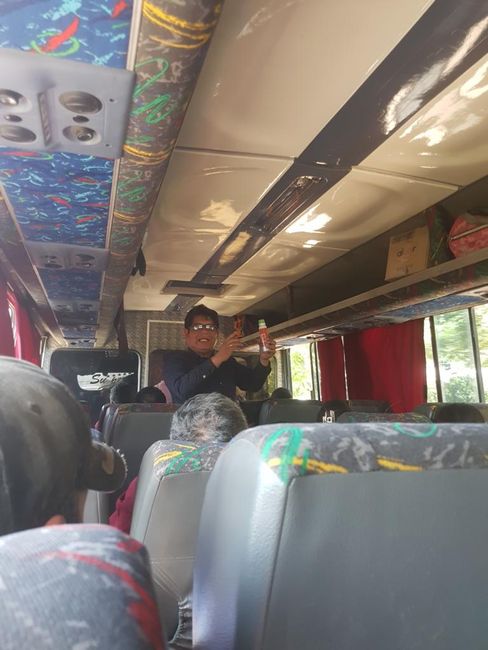
Բաժանորդագրվել տեղեկագրին
It's funny how on such a trip small "mini-projects" develop that weren't even intended at the beginning.
to Vallegrande we came to follow in the footsteps of an old acquaintance, namely Comandante Che Guevara. We first met him in Cuba and extensively studied him and the history of the Cuban Revolution there. Even during our trip through Latin America, he has crossed our path several times. Whether in museums, as a statue in a park, as a mural in the street, or as a sticker on a taxi. The cult around him in all of Latin America is really extreme. And now we were here, in Vallegrande, which is now considered a pilgrimage site for Che fanatics. We were not here as pilgrims, we are not Che fanatics either, we were here as interested travelers who just have a little project to complete. Not far from here, in La Higuera, El Che was executed.
But let's start from the beginning:
First, the adventure began with an unpleasant 7-hour bus ride in an old clunker in the scorching heat (of course without air conditioning), squished in the back seat between Bolivians with bags full of clucking chickens. During the ride, we had the pleasure of listening to an overly enthusiastic seller for about an hour, who gave a passionate monologue about modern health threats with dramatic gestures, with the goal of selling us a water-soluble miracle remedy powder.
Finally, we arrived and booked a guide and a driver for a trip to La Higuera at the local tourism office.
On the way between La Higuera, which is about 2 hours away from Vallegrande, our first stop took place. We stopped on the road and hiked down to the Quebrada del Churo. This is where Comandante Che was arrested on October 8th, 1967. Previously, he was leading a small group of guerrillas through the forests of Bolivia, with the goal of training willing revolutionaries from here and starting revolutions in different countries in South America and especially in Bolivia. Unlike in Cuba, this plan failed, mainly because the rural population here, unlike in Cuba, did not want to join him. The military had been chasing the guerrilla group for months, there had already been several fights in which some of the guerrillas had died, and the group had been split into several small groups. After the soldiers finally encircled Che's group in the Quebrada del Churo, there was no escape. Che was initially shot, then captured, and then taken to La Higuera.
Although there isn't much to see at the Quebrada, it was interesting to hear our guide tell the story of what happened from the perspective of different eyewitnesses. On the way, we met an older woman who told us that she saw him when he was led to the village by the armed soldiers. She was still a child at the time. He was very thin, had a long beard, and sunken cheeks.
After the short hike, we continued to La Higuera. It is a tiny little village in the middle of nowhere, where there isn't even any buses. Nowadays, about 60 people still live here. Many have moved away in recent years, partly because the residents of Higuera were blamed for Che's capture and execution. Only 8 students attend the local school, and they will probably also move away soon. The small village center is covered with Che murals. There are also several statues of him.
After his capture, El Che was imprisoned in the small schoolhouse in Higuera. Shortly after his arrest, it was announced on the radio that Che Guevara had fallen in battle. The people of La Higuera were aware that the Comandante would be executed. The women of the village cooked Sopa de Mani (peanut soup) for the prisoners and the soldiers. But the soldiers refused to give the prisoners the meal. In response, the women gave them an ultimatum that either everyone would get soup or nobody would. So this soup was Che's last meal. Che and his comrade Willi spent the night in the school, each in a separate room. A chair still stands there, on which Che is said to have sat all night. The next day, soldiers entered the school, shots were heard. Both Che and Willi had been executed. To this day, it is not known exactly who fired the fatal shots at Guevara, various versions are circulating.
Today, the old school is a museum. The woman who opened the door for us told us that the soldiers didn't even clean it. The school's dirt floor had to be dug up to remove the blood of the deceased.
There isn't much to see in the museum, a few old benches are there, and of course, the chair on which Che sat. In addition to a few display boards listing the events chronologically, the walls are filled with messages from tourists and pilgrims who came here. Photos, posters, banners, and all sorts of knick-knacks that people brought are distributed everywhere. Of course, we couldn't resist immortalizing ourselves here with the typical words "Hasta la Victoria Siempre", our names, and the date. It is very upsetting to imagine what it must have been like for him to spend the night in this small room, knowing full well that he would soon be killed. On the other hand, he himself had similar deaths of many other people on his conscience.
Che's body was then taken to the hospital in Vallegrande by helicopter. This was the next stop on our tour. In the hospital laundry, the Comandante was laid out for the public to see. This is where the famous photo of his body was taken. For the people of Vallegrande and La Higuera, Che is still revered as a saint because many say that during the laying out, he looked like Jesus, his eyes were open and it felt like they were following you.
Here, the lie that Che had died in battle the day before was also exposed. Many people touched his body and noticed that it was still warm, so the fact of his execution became known.
We have seen the photo of his laying out many times, and it was a moving moment to be standing exactly here. The walls of the laundry are also covered with messages and expressions of loyalty from his followers.
After the laying out, the body was taken to the morgue, where the hands were removed to be sent to La Paz to convince the president that Ernesto Che Guevara was no longer alive.
Nearly all the guerrilla fighters who were with Che in the group lost their lives in various battles. They were all buried in anonymous mass graves around Vallegrande. For over 30 years, nobody ever mentioned where the Comandante's grave was, until a former soldier broke the silence in 1997. He said the grave was located between the cemetery and the airport runway. Unfortunately, the cemetery had grown considerably by then, and the runway had been relocated. Huge areas were dug up until the human remains without hands were found. The remains of almost all the guerrillas were transferred to Santa Clara in Cuba, where they have now found their final resting place in the beautiful mausoleum.
Today, at the location where Che's grave and some of his comrades' graves were found, there is a memorial. The hole is still there, and you can even go down into it. The memorial also includes a small museum where display boards with the events as well as many photos from Ernesto "Che" Guevara's life are exhibited.
There are also small memorials at the places where the remains of the other guerrillas were found.
The whole tour was really interesting, and even if you're not a Che fan and don't support his ideas and beliefs, it is still very impressive and moving to "experience" the last moments in the life of such a dazzling cult figure in this way. Especially our guide made the whole thing come alive because she knew an incredible amount of details about the events at that time.
The little village of Vallegrande itself is a small, quiet, and quite nice place where there isn't much else to see. It is noticeable that all the cars here drive without license plates. We asked our driver about this, and he told us some strange story about these being vehicles from Chile that don't have documents for some reason and therefore can't be registered. But that's why they are incredibly cheap to buy, costing only about a third of the normal price. Only later did we really think about what that exactly meant. Huh? Vehicles from Chile? Without documents? Cheap? Stolen perhaps?!?! In addition to the fact that almost all cars here were driving without license plates, it should also be noted at this point that even the police car didn't have one...
The next day we made our way back to Vallegrande. And as if it wasn't enough that we had to endure the same bumpy, hot 7-hour bus ride again (this time at least without chickens), Jörg suddenly said: hey, isn't that the seller who just got on? It just couldn't be true!!! We really weren't spared from experiencing the same, seemingly endless, sales event for all-purpose miracle powders in the bus all over again.
Բաժանորդագրվել տեղեկագրին
Պատասխանել

Ճանապարհորդական հաշվետվություններ Բոլիվիա
